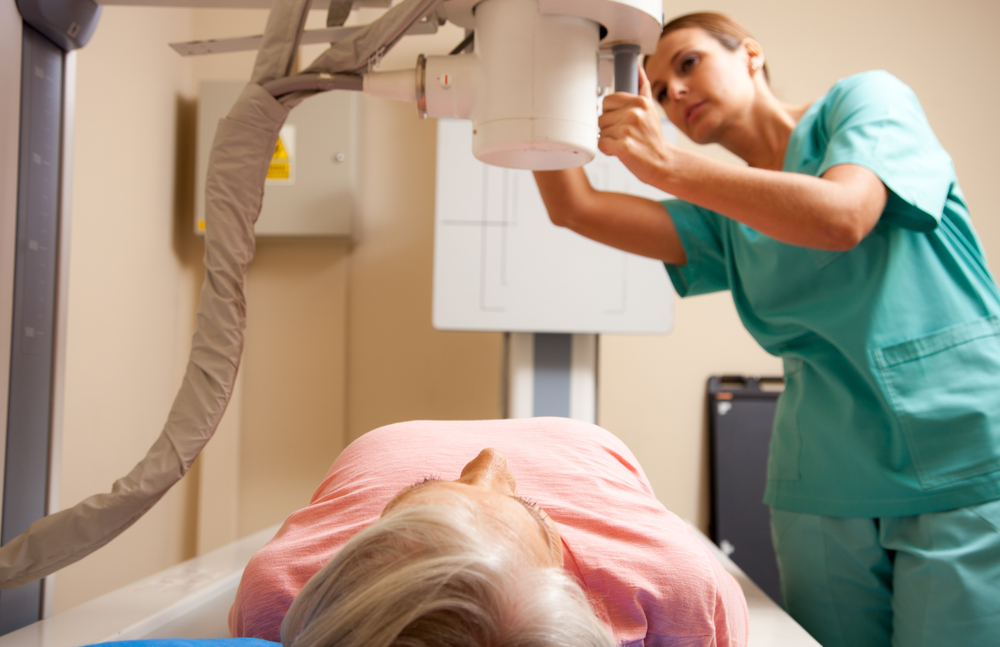 A study presented at the 2014 Chicago Multidisciplinary Symposium in Thoracic Oncology by Gregory M.M. Videtic, MD, a radiation oncologist at the Cleveland Clinic Foundation and associate professor of radiation oncology at the Cleveland Clinic Lerner College of Medicine, Case Western Reserve University, showed that data analysis from patient registry (2003-2012) on stereotactic body radiotherapy (SBRT) revealed an excellent long-term, local control of 79% of tumors in medically inoperable, early stage lung cancer patients treated with SBRT.
A study presented at the 2014 Chicago Multidisciplinary Symposium in Thoracic Oncology by Gregory M.M. Videtic, MD, a radiation oncologist at the Cleveland Clinic Foundation and associate professor of radiation oncology at the Cleveland Clinic Lerner College of Medicine, Case Western Reserve University, showed that data analysis from patient registry (2003-2012) on stereotactic body radiotherapy (SBRT) revealed an excellent long-term, local control of 79% of tumors in medically inoperable, early stage lung cancer patients treated with SBRT.
The study “A Decade of “50 in 5”: Maturing SBRT Outcomes for Medically Inoperable Early Stage Lung Cancer at Cleveland Clinic Over 10 Years,” looked at data from 300 lung cancer patients who presented 340 tumor lesions and were treated at the Cleveland Clinic with SBRT technology. The patients in the study were not eligible for surgery due to associated medical conditions, including chronic obstructive pulmonary disease (62% of patients).
A total of 36.3% of tumors did not have a biopsy or a non-diagnostic biopsy, and 15% of patients received more than one SBRT treatment.
Throughout he study, all patients were accurately immobilized to receive SBRT therapy, since this technique requires precise and custom mapping of each individual patient’s anatomy.
CT images of the tumor were acquired in three different times points: at rest, at full inhalation and at full exhalation. The images were then merged together to create the internal target volume of the tumor.
A total radiation of 50Gy was delivered to patients in 5 fractions during one week.
The most common toxic side effects observed were chest wall toxicity (7.7%) and pneumonitis (4.1%).
The results showed that 5 years after treatment, patients with central tumors vs. non-central tumors had a local control of 79.0% vs. 75.4%, distant metastases-free of 49.5% vs. 56.7%, disease failure-free rates of 37.3% vs. 34.3%, and overall survival of 18.3% vs. 20.3% respectively.
“We have been privileged in demonstrating that lung SBRT can now be considered the standard of care for medically inoperable patients with early stage lung cancer,” Dr. Videtic, said in a news release. “Since our results indicate no unusual long term side effects, we are hoping to extend the potential uses of this therapy to more-fit, operable lung cancer patients whose cancer has not spread outside of the lung and to collaborate with other institutions on conducting such a clinical trial. SBRT could provide a more minimally invasive procedure than surgery, with fewer side effects and improved patient outcomes.”


